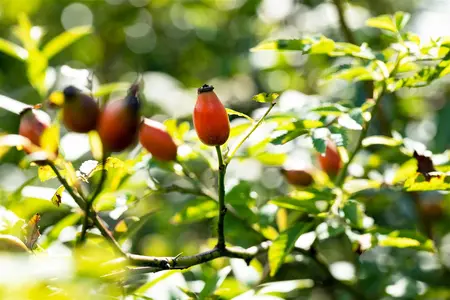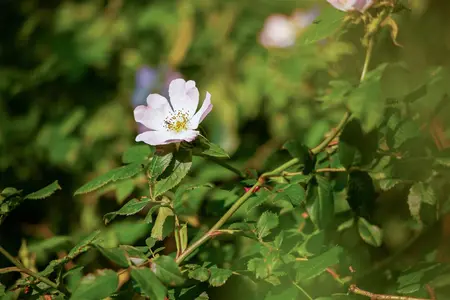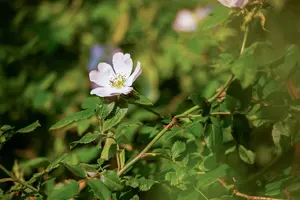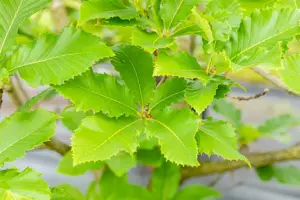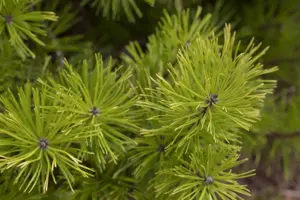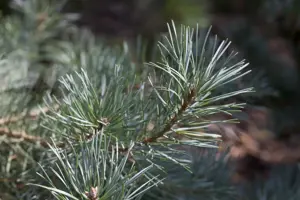Rosa (o) canina - 60-100 CM C2
Rosa (o) canina - 60-100 CM C2
Description
The Dog rose (Rosa) is a rich-flowering rose that plays a special role in the garden. The numerous flowers are pink or white and appear from the end of May to July. Their wonderful fragrance unfolds particularly on sunny, warm days. In addition, its elongated, scarlet-red fruits have a special ornamental value when they are ripe from September. With its bushy and spreading growth, this shrub grows up to 3 metres tall and 3 metres wide.
Bulletpoints
* Fruiting ornament
* Suitable for flowering hedges
* the flowers are highly favoured by bees, bumblebees and hoverflies
* fragrant flowers
* heat-tolerant, drought-resistant, resistant to urban climates, wind-resistant, shade-tolerant
leaves
The deciduous leaves of the Dog rose are dark green, pinnate, alternate, serrated. They are about 8 - 12 cm in size.
Spread
Europe to North Africa.
Frost hardiness
The Dog rose has good frost hardiness.
Growth
Dog rose is a bushy and spreading shrub that can reach a height of 1 - 3 metres and a width of 1 - 3 metres.
Water
Water regularly and allow the soil to dry out in the meantime.
Location
Preferred location in a sunny to semi-shady position.
Soil
No special requirements.
Planting time
Container plants can be planted all year round, except when the soil is frozen and in summer heat (over 30°C).
Tasks
- Fertilise: In the period from March to May.
Care
- Parts of the plant infected with mildew must be cut off, otherwise the disease can spread further. To prevent new infections, the rose can be treated with appropriate fungicides.
- If infected with star sooty mould, all diseased leaves (black spots) should be removed. If necessary, treatment with suitable fungicides is also recommended.
- To encourage the formation of new flower buds, wilted flowers should always be cut back to the next fully formed leaf.
- Roses should never be planted where roses have already been growing. If no other planting site is available, the soil should be generously replaced.
Flower
The pink, white, cupped flowers appear from the end of May to July. They are pleasantly fragrant.
Fruit
The scarlet-red, elongated fruits of Rosa canina are particularly decorative. These appear from September.
Use
Group planting, park, bee pasture, landscape, hedge, green border, bird food plant, jam, juice, tea
Shoots
The shoots of Rosa canina are spiny.
Root
Rosa canina is a deep-rooter and, depending on the soil, forms runner-forming roots.
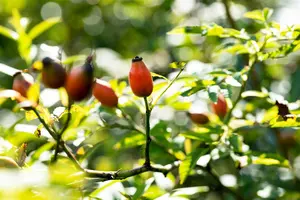
- Article number3500
-
EAN codeROCANINA-2060100C2
- Latin nameRosa (o) canina
- catalogLandscape shop

